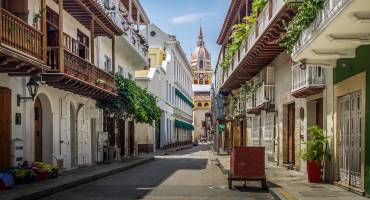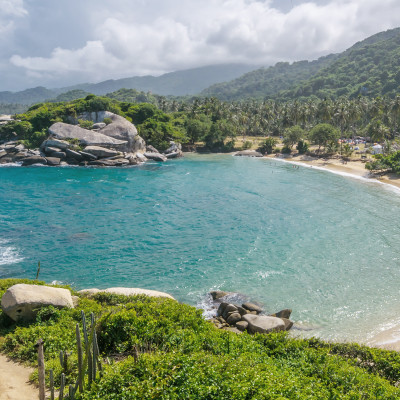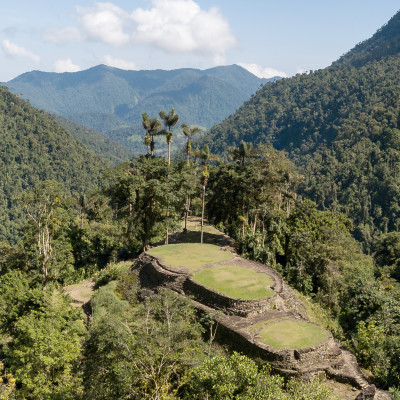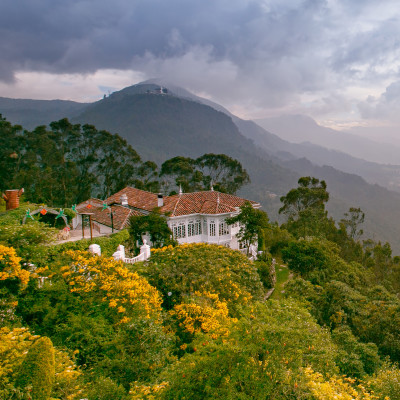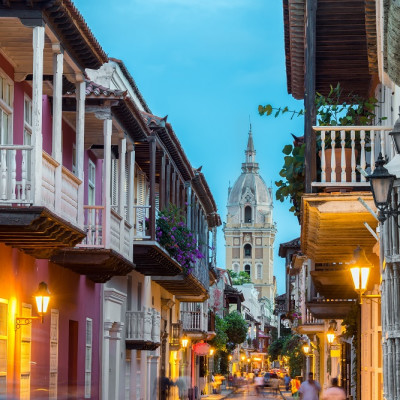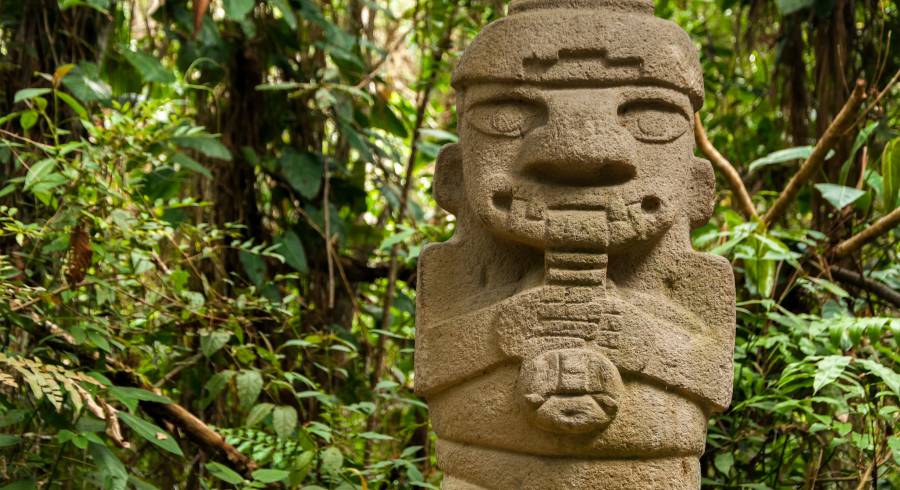Early civilizations
The country is popularly believed to have been part of route the first native humans traversed while migrating South from North and Central America. While most such migrant populations traveled further southwards, such as the Incas, many smaller groups settled in isolated areas across the Andean region. Some of these civilizations also left behind interesting pottery and intricate goldwork, now displayed in museums that you can visit on your Colombia tour with us.
In 1499, the Spanish arrived at Santa Marta, led by Alonso de Ojeda, a companion to Christopher Columbus who Colombia is named after. The Spanish were astounded by the prolific amount of gold owned by the local people, which ultimately spawned the legend of El Dorado, leading to aggressive Spanish colonization of the country. Nearly 30 years later, the Spanish founded Cartagena to become a doorway to the country, eventually evolving into a prolific center for trade and commerce. On your Enchanting Travels tour, discover the towering fortifications constructed by the Spanish to protect Cartagena.
Driven by their desire for gold, Spanish Conquistadors journeyed further into the interiors of Columbia towards the territory of the Muiscas – an advanced indigenous civilization who were settled in the Eastern Cordillera of the Andes. The Spanish city of Santa Fe de Bogota was established within Muisca territory and today, it serves as the national capital. Around the same time, the cities of Popayan and Cali were established by rival Conquistadors, who then battled for supremacy until King Carlos V of Spain brought the city under the Viceroyalty of Peru in 1550. Today, the many carefully preserved colonial buildings and religious traditions of Popayan lay testament to Spanish influence.
The Spanish ruled Colombia for nearly 250 years, transporting thousands of African slaves into the country and stamping out the indigenous people in their wake. Cartagena became the largest slave trading port in all of Latin America. Just south of Cartagena, let our experts leads you to San Basilio de Palenque – a unique and charming village founded by escaped African slaves. While power remained exclusively in the hands of the Spanish, the existing racial groups began to mingle among each other, creating a unique mix of African, European and native Indian races. In the late 18th century, frustrated with the taxes levied by the Crown, native Colombians openly rose in revolt against the Spanish colonial powers for first time.

History of Colombia after independence
Famed Venezuelan general Simon Bolivar defeated the Spanish in the early 1800s and won independence for Colombia. Built in tribute to the great liberator, discover Bolivar Square in Bogota.
Independent Colombia was initially a part of a larger nation called New Granada, only to separate in 1835. A time of political turmoil followed, with the rise of regional factions and widespread civil wars in the 19th century. Following the War of a Thousand Days, the USA swept in to build and control the famous Panama Canal leading to a dispute resulting in the liberation of Panama as an autonomous nation.
An era of violence tore Colombia apart in the mid-20th century, as Conservatives and Liberals battled each other. Encouraged by wealthy landowners looking for power, guerilla factions became active across the country. Several guerrilla groups, including a paramilitary group called the Fuerzas Armadas Revolucionarias de Colombia (FARC), battled the government for nearly 20 years. Fuelled by the burgeoning drug trade that included the infamous empire of Pablo Escobar, guerrilla sympathizers took over the countryside.
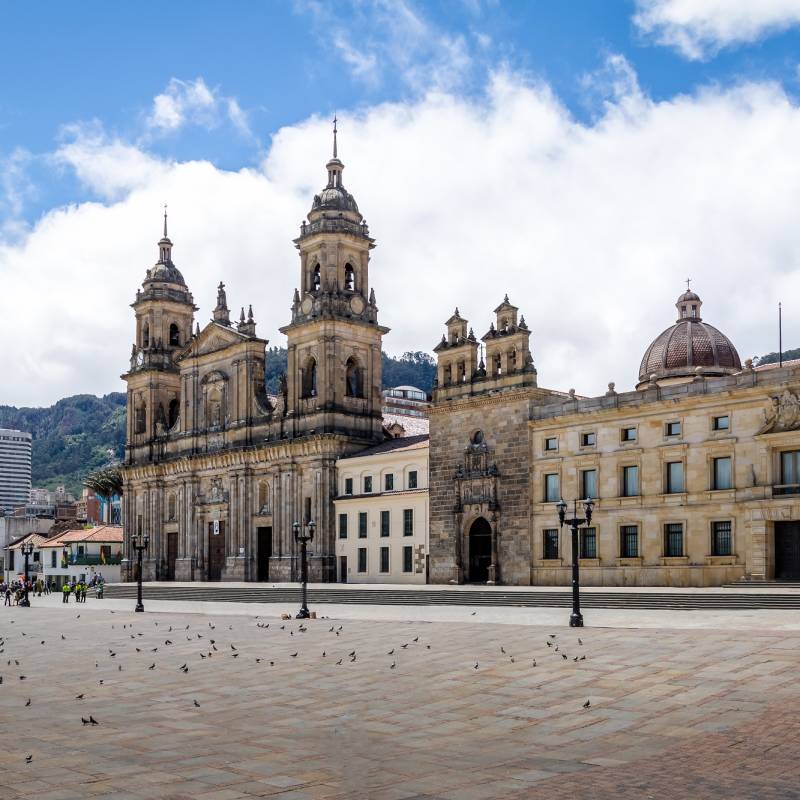
Modern history of Colombia
In the late 20th and early 21st centuries, Colombia has successfully set up a democratically elected Presidential regime.
The controversial politician Alvaro Uribe has done much to stabilize the nation, pushing back military groups, approving Hollywood-esque rescues of high-profile kidnap victims and leading the country toward much needed peace and progress.
Today, with a steady rise in trade and commerce, safety measures, better infrastructure, and tourism, Colombia is steadily rising from the ashes of turmoil much like the proverbial phoenix.
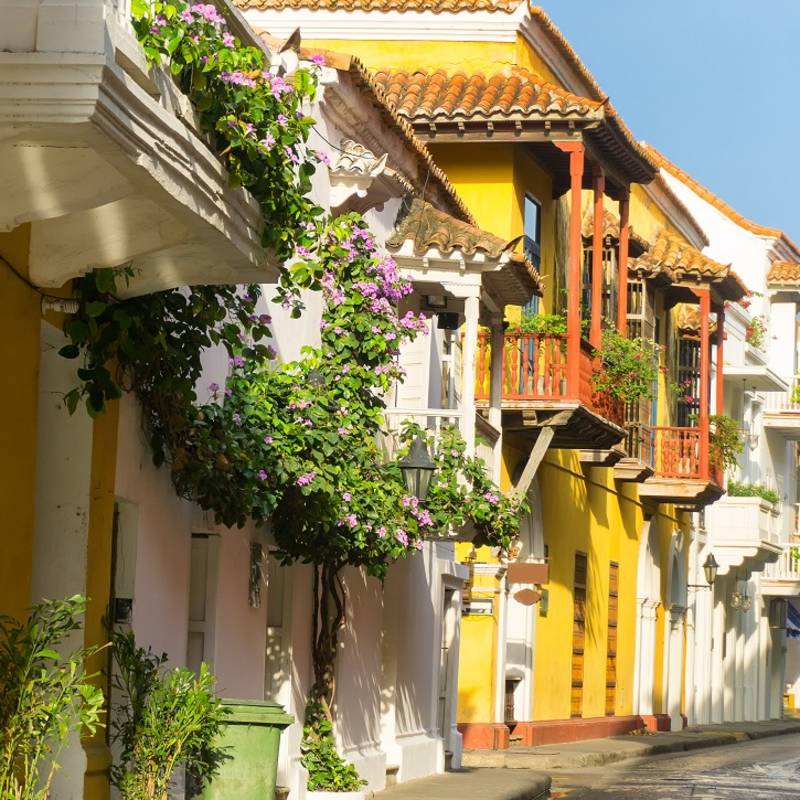
From the Blog
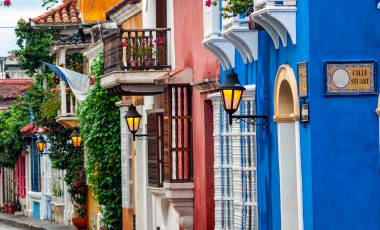
Planning a Colombia vacation? Ingrid Vultorius, our Head of South America, shares why she believes Colombia sparkles!

Festivals in South America are known for their sheer extravagance. Just being in the vicinity of any of these carnivals can fill you with a sense of euphoria so strong that you are bound to keep coming back for more. Explore the vibrant cultures and traditions on your South America tours.
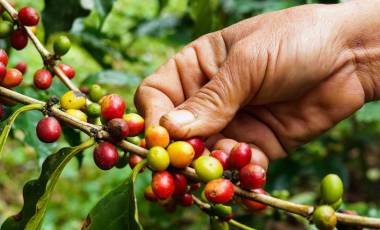
Travel to fertile lands for your favorite caffeine kick at the source during your private coffee tour. Set out on the trail of the perfect brew.
Sorry, your search found no results.
Popular Trips to Colombia
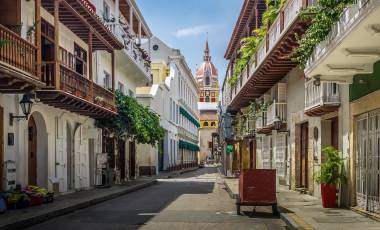
Experience the best of Colombia as you traverse through the country, staying at exceptional boutique hotels and witnessing the many natural, cultural, and historical highlights along the way. Start your trip in Bogota and explore the most famous attractions of the Colombian capital, such as the Plaza de Bolívar and the La Candelaria district, on…
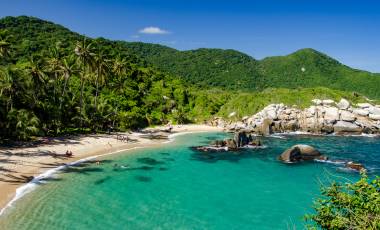
Uncover the popular highlights and the hidden gems on this Colombia tour. From the bustling streets of Bogota to the cobbled streets of tranquil Villa de Leyva, the coffee culture and traditions of the Andean region, leisurely hacienda stays, couture and salsa at Medellin, and the pristine beauty of Tayrona National Park – Colombia is…
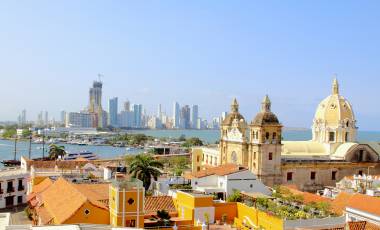
This Colombia tour is the perfect introduction to the best-loved highlights: vibrant cities, colonial heritage, archaeology, culture, museums and Gold Rush. With visits to the lush coffee region, hiking and island stays, experience the Colombian countryside and beaches too!
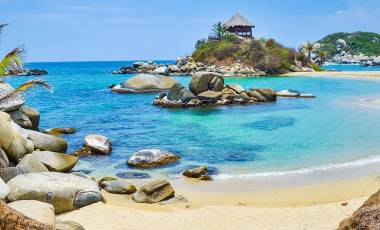
This Colombia vacation offers the perfect introduction to the country’s top three highlights – rich culture, colonial gems and heritage at Cartagena, verdant plantations and world class brews in the Coffee Region, and beachside relaxation at the pristine Baru Island!
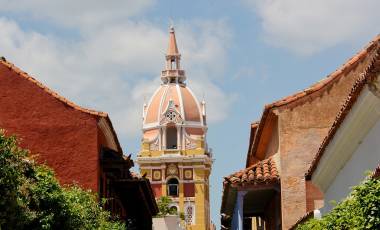
Discover the rich culture and traditions of Colombia at its best-loved cities – from cosmopolitan Bogota to vibrant Medellin and colorful Cartagena. Also enjoy downtime at a traditional hacienda and some world class coffee at the lush green Coffee Region, high up in the Andes.

Discover rich cultural heritage as you travel through the colonial cities of Ecuador and Colombia, right from Quito in the Andean highlands to colorful Otavalo, and bustling Bogota to timeless Cartagena. Highlights of your tour include a visit to the incredibly biodiverse Yasuni National Park in the Amazon as well as a brief sojourn in…
Sorry, your search found no results.
Culture
Descended from a mix of European, Asian and native Indian ethnic groups, Colombia’s diverse mix of cultures is evident in the country’s heritage, music, arts and cuisine.
Cuisine
Colombian cuisine is a delightful smorgasbord of European influence and Andean ingredients. Nestled by the towering Andes and set on the equator, when it comes to fresh produce, your choices are endless!
Best Time To Visit
Set on the equator with the Pacific Ocean on its west and the sparkling Caribbean Sea to the north, Colombia enjoys a warm, tropical climate with little variation throughout the year. Here’s an overview on what to expect weather-wise.
